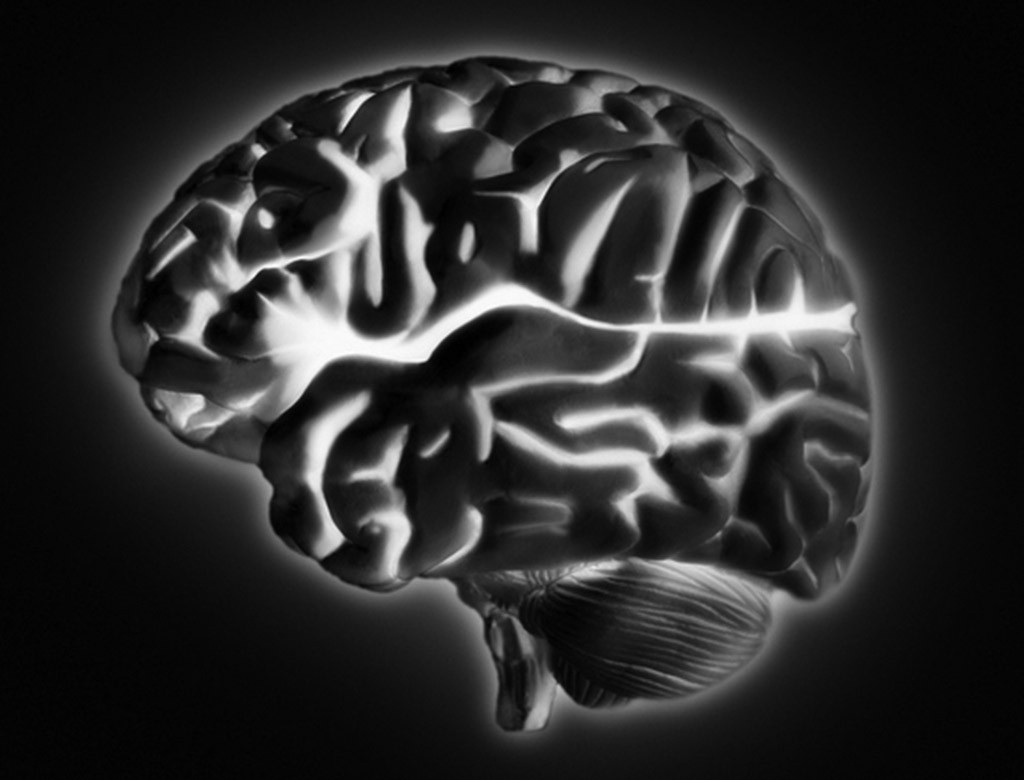Zapping destructive impulses
Implantable devices could detect and squelch urges

Stanford researchers have identified a pattern of electrical activity that occurs deep in mouse brains just before they do something destructively impulsive. The knowledge, gathered by studying mice in a regimen that turned them into binge eaters, helped researchers discover that small electrical “zaps” to that area of the brain just before the behavior can halt it.
“Impulses are normal and absolutely necessary for survival,” says Casey Halpern, MD, assistant professor of neurosurgery. “They convert our feelings about what’s rewarding into concrete action to obtain food, sex, sleep and defenses against rivals or predators.” But impulses can run amok, resulting in addictive or dangerous behavior.
“Imagine if you could predict and prevent a suicide attempt, a heroin injection, a burst of binge eating or alcohol intake, or a sudden bout of uncontrolled rage,” says Halpern, senior author of a paper on the findings, published Dec. 18 in the Proceedings of the National Academy of Sciences.
It’s worth noting the heightened brain activity didn’t occur when mice acted on routine impulses, such as seeking out a buddy for ordinary interactions. It occurred only when they started binge-eating high-fat food they’d been hypersensitized to obsessively desire.
Halpern said the research could lead to noninvasive ways to treat addiction, and to development of an implantable device to monitor the area of the brain that helps generate pleasure-seeking impulses. When signals preceding bursts of impulsivity are detected, the device could deliver small electricity zaps to stop impulses.
Deep-brain stimulation has Food and Drug Administration approval to treat Parkinson’s disease and essential tremor and is in clinical trials for such brain disorders as depression and obsessive-compulsive disorder. Most devices fire at preprogrammed rates, but Halpern says new technology might enable charges to be timed to signals.
Researchers found the signature pattern in one person with obsessive compulsive behavior who consented to monitoring during a task-for-cash reward test. “The fact that we saw a similar signal prior to two different behaviors, both intended to obtain rewards — food in the case of mice, money in the case of the human subject — to which the individuals had become hypersensitized by their repeated exposure suggests that this signal may be common to many impulsive behaviors, making them amenable to treatment along similar lines,” says Halpern.

